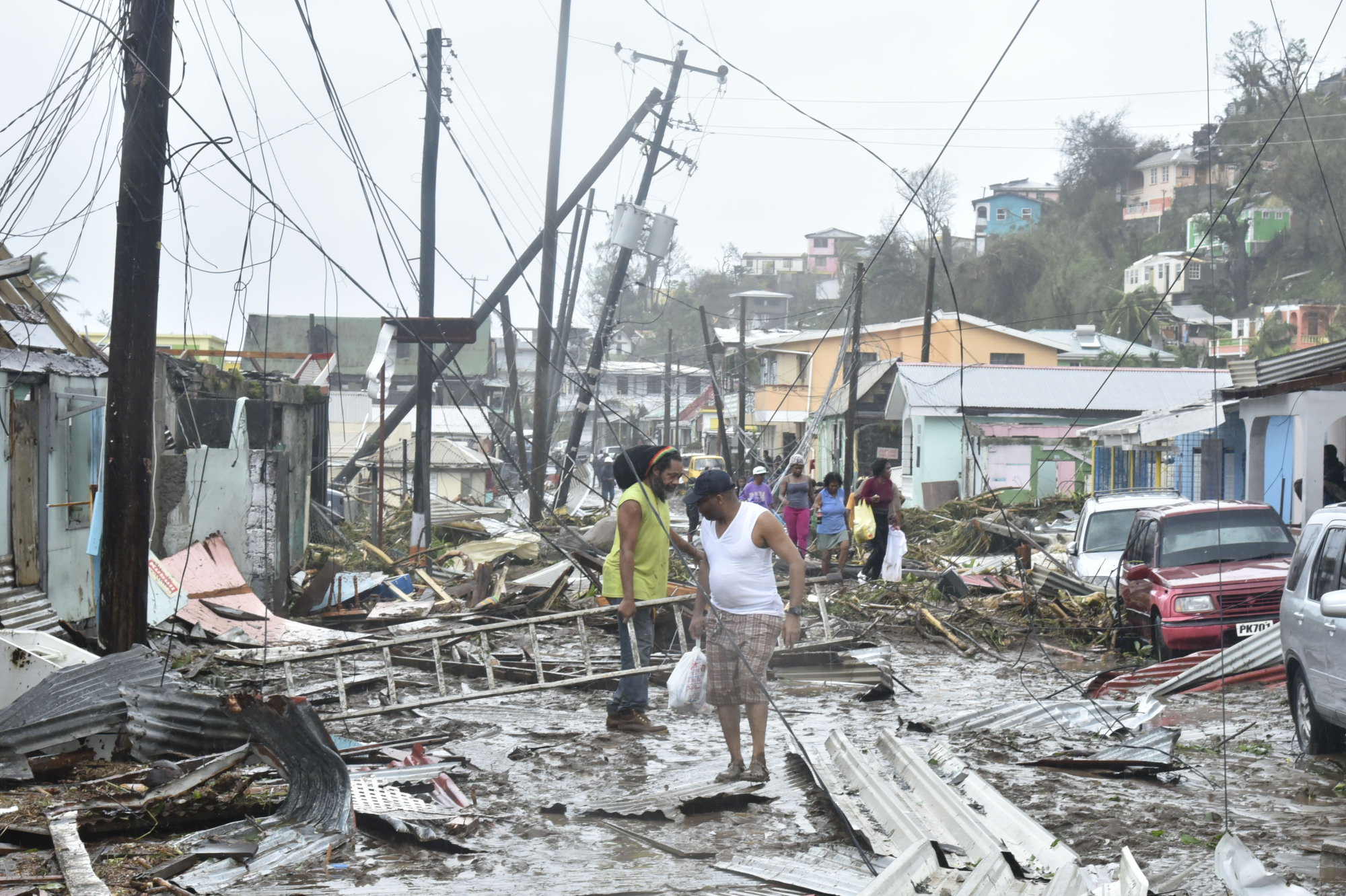The 2017 Atlantic hurricane season, which officially began June 1 and will end Nov. 30, is likely to be the most expensive on record. Hurricanes have killed close to 300 people in the region this season, and damage estimates so far stand at $224 billion. On a scale that measures the accumulated cyclonic energy of hurricanes, this season is the first to have recorded three storms each rated above 40. Fortunately, one of those three, Hurricane Jose, remained mostly at sea, where it did little harm; but Hurricanes Irma and Maria caused widespread destruction in the Caribbean, including Puerto Rico. Irma had an accumulated cyclonic energy of 66.6, the third-highest ever recorded.
Hurricane Harvey had less energy but brought record-breaking rain and flooding to Houston and other parts of Texas and Louisiana. Harvey may be the most expensive storm in U.S. history, even exceeding the cost of rebuilding New Orleans after Hurricane Katrina in 2005. Employment figures show that the United States lost 33,000 jobs in September, which analysts attribute to the hurricanes. Then, just as the season seemed to be winding down, Hurricane Nate caused at least 24 deaths in Costa Rica, Nicaragua, and Honduras, before heading for the U.S.
Harvey, Irma and Maria were extraordinarily powerful storms. But the number of lives lost and the amount of damage caused reflect human decisions. Houston's notorious laissez-faire approach to zoning allowed houses to be built on flood plains. Between 1996 and 2010, the Houston Chronicle has reported, the region lost 21,853 hectares of wetlands, where some of the rainfall could have been absorbed. Stormwater drainage capacity failed to keep pace with the expanding paved areas. In a city with more far-sighted planning controls, there would have been fewer lives lost and less damage.


















With your current subscription plan you can comment on stories. However, before writing your first comment, please create a display name in the Profile section of your subscriber account page.